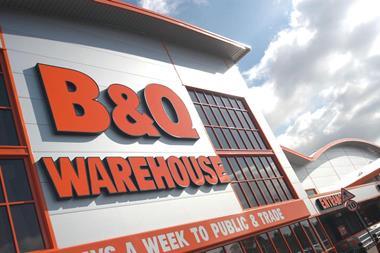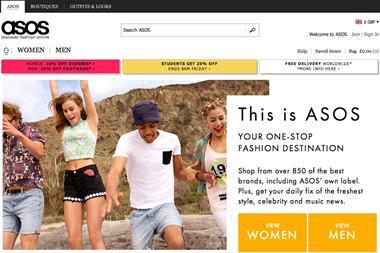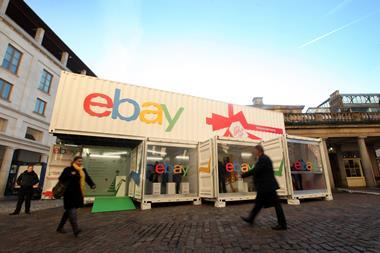Too many managers spend time trying to get the page load speed as low as possible, with little return for their efforts.

Anything around the two to three second mark is reasonable, so there’s no need to reduce this even further.
“The metrics that really make a difference are business objectives linked to revenue, acquisition of new customers and, of course, loyalty,” says Jon Woodall, managing director at ecommerce agency Space 48. “Once we obsess about other metrics then the game is lost.”
“Over-analysing time spent on site and page views is a common mistake,” adds Woodall. “If your customer is visiting your website and purchasing quickly, then there’s no problem.
“If page views are low, this could be due to accurately targeted PPC adverts, so there’s no need for customers to spend a lot of time browsing.”
The important metrics are those that improve conversions and increase sales, Woodall says. Retailers should return to the fundamental question that all retailers need to focus on – how do you turn your web visitors into paying customers?
Woodall says: “Look at cost-per-acquisition rates. By measuring this you can find out enough data to make changes that will be effective in increasing your turnover.
“Similarly, measuring the number of transactions is just as important – if your website is not converting visitors into paying customers, you need to assess which web pages are affecting the conversion rates and make necessary adjustments.”

























No comments yet